Optimal Timing for Tree Removal
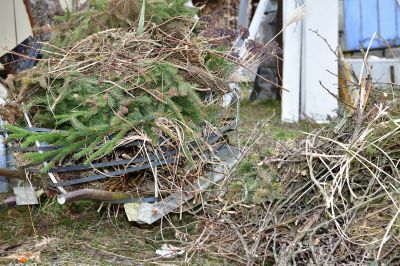
Winter is often considered ideal for tree removals due to dormancy and less impact on surrounding vegetation.
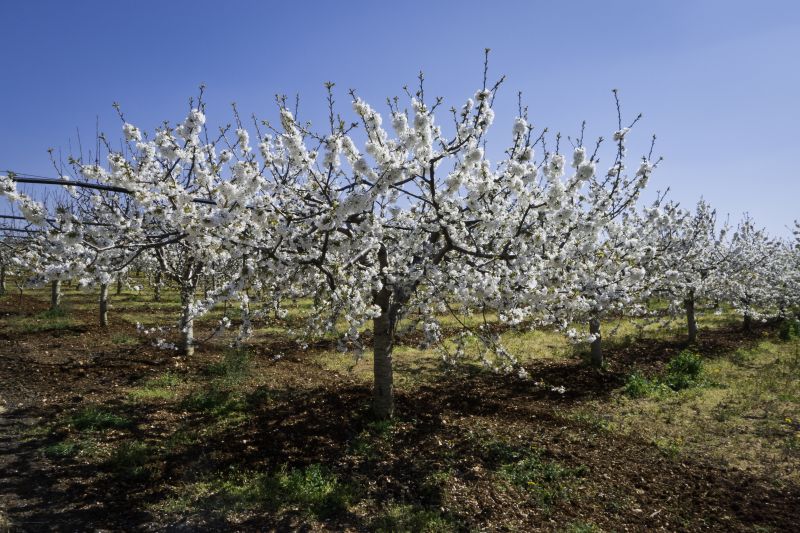
Spring can be suitable, especially before new growth begins, but may interfere with budding trees.
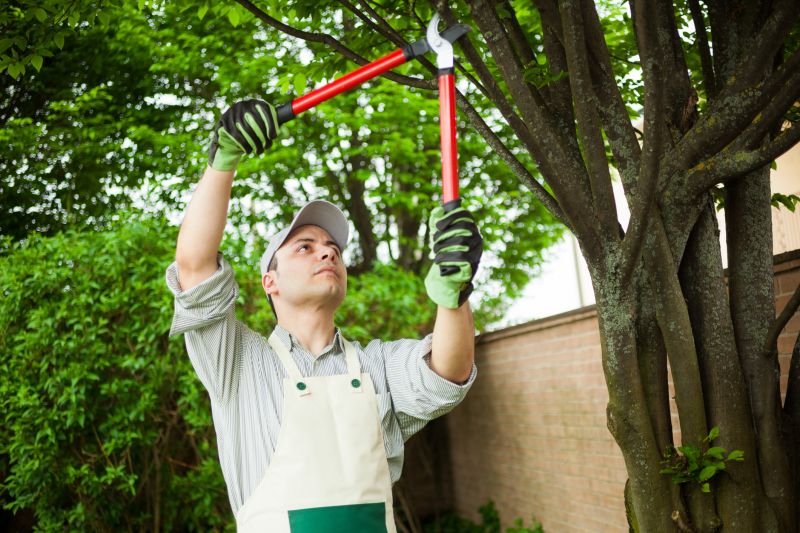
Summer removals are possible but can be more challenging due to active foliage and increased wildlife activity.
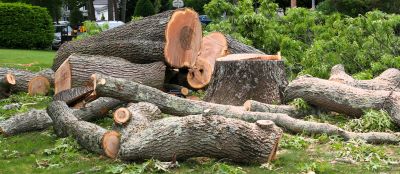
Ways to make Tree Removals work in tight or awkward layouts.
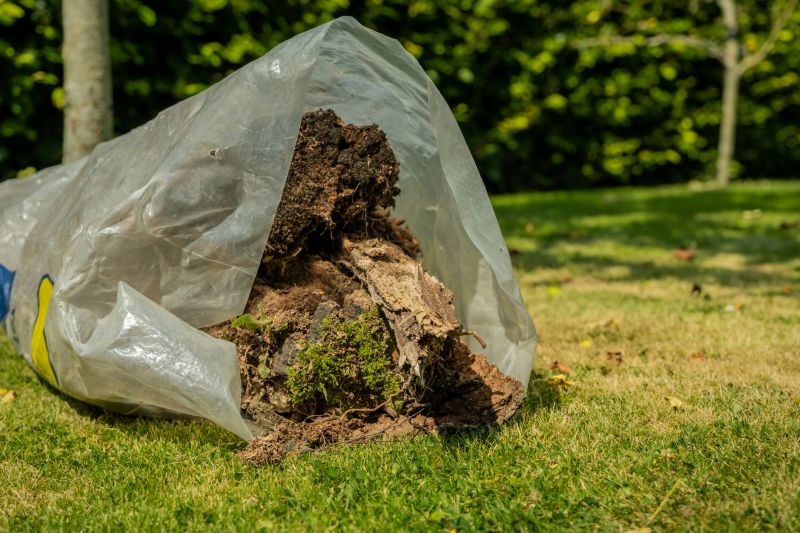
Popular materials for Tree Removals and why they hold up over time.
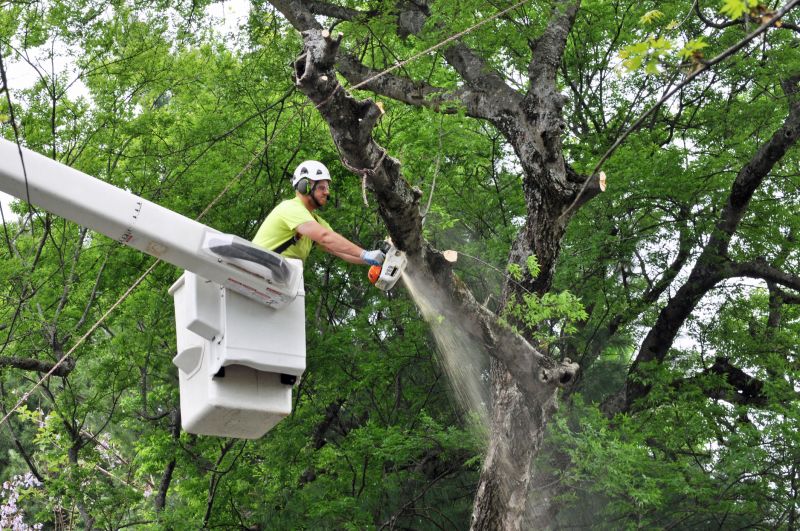
Simple add-ons that improve Tree Removals without blowing the budget.
Tree removal timing depends on various factors, including tree species, local climate, and specific circumstances. The dormant season, typically fall and winter, is often preferred because it minimizes stress on remaining vegetation and reduces the risk of pest spread. During dormancy, trees have lower sap flow, making the removal process cleaner and less disruptive.
In regions like Conroe, Texas, mild winters allow for flexible scheduling, but avoiding peak growing seasons can prevent unnecessary stress on the landscape. Proper timing ensures safer removal and better recovery of the surrounding environment.
Removals during dormancy reduce damage to nearby plants and limit pest transmission.
Dry, cool weather is preferable for safer, more efficient tree removal operations.
Removing trees outside of nesting seasons minimizes disturbance to local wildlife.
Some species are more sensitive to removal timing; consulting an arborist can provide guidance.
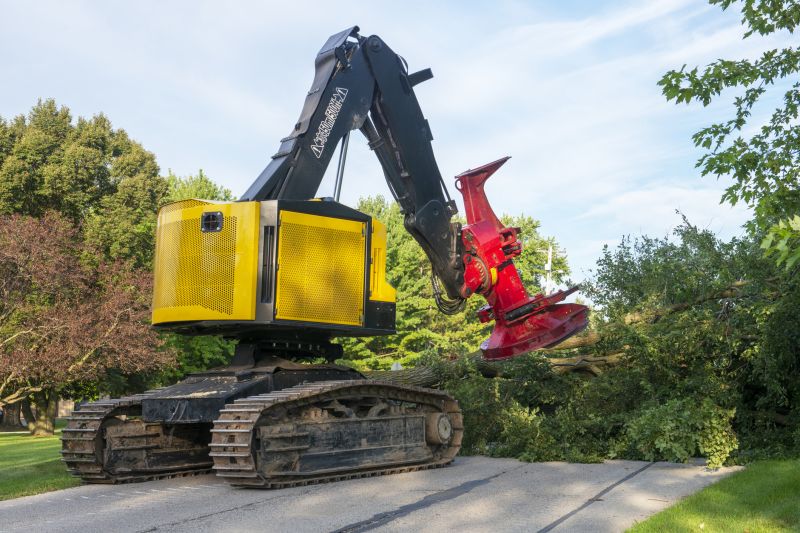
Specialized tools ensure safe and efficient removal of trees.
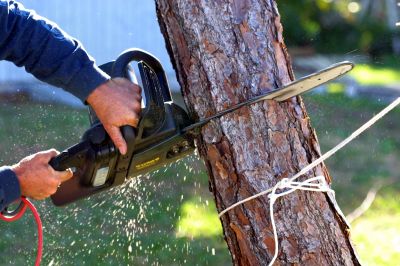
Minimal foliage and sap flow make winter an optimal time for removal.

Urgent removals often occur after storms to prevent hazards.

Proper safety equipment is essential for effective and safe operations.
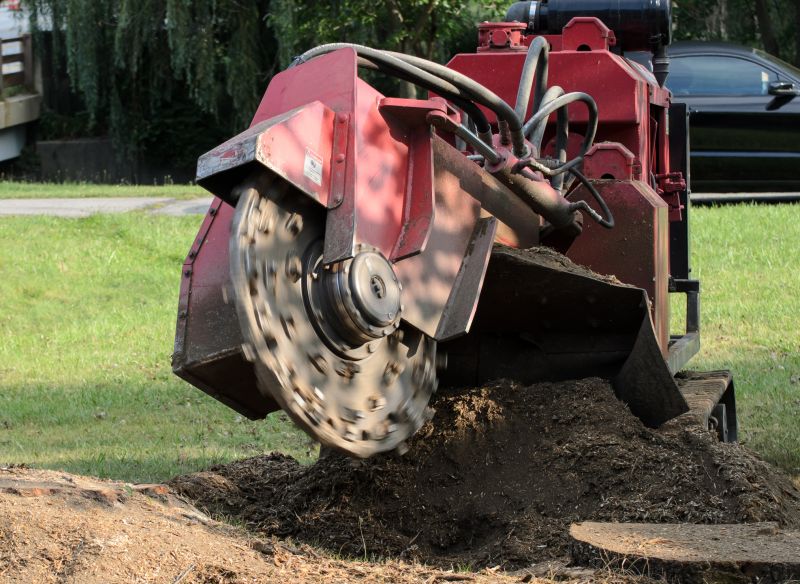
Removing the stump is often part of the tree removal procedure.
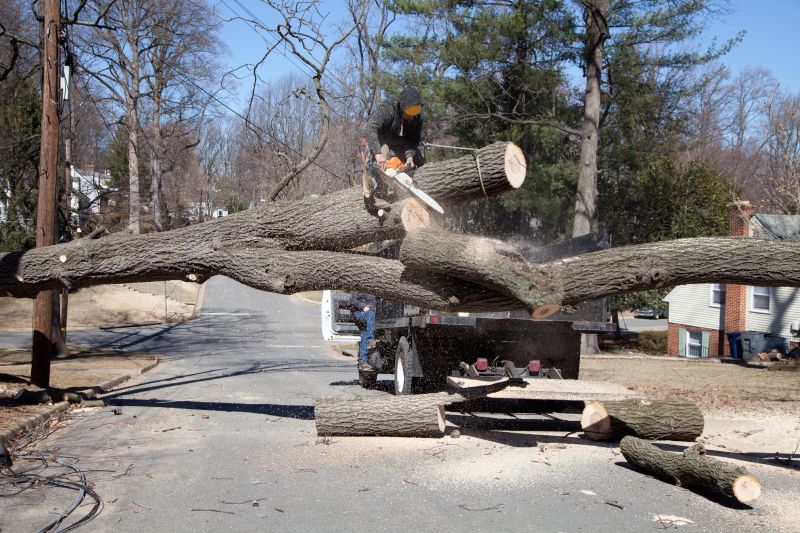
Spring removals are scheduled before new growth begins.

Summer removals require careful planning due to active foliage.
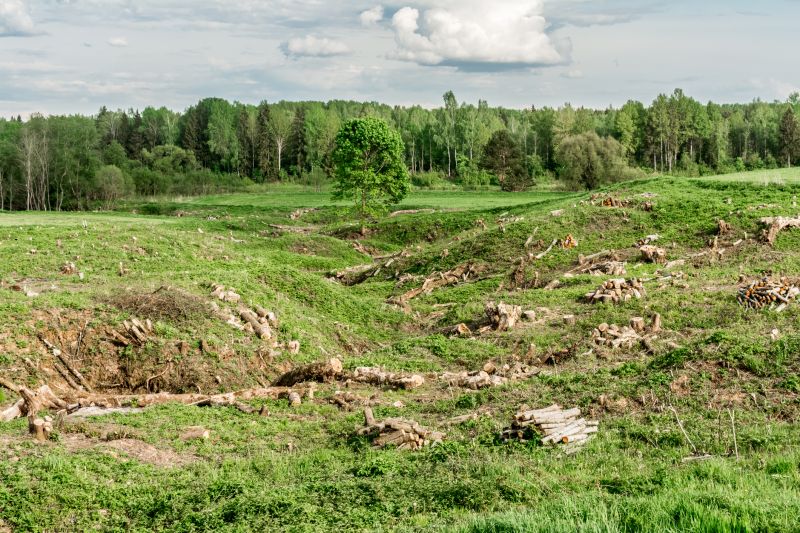
Restoration work can be performed after removal to restore the landscape.
| Season | Recommended Timing |
|---|---|
| Winter | Ideal for most removals due to tree dormancy |
| Spring | Suitable before bud break, avoid nesting seasons |
| Summer | Possible but more challenging, requires planning |
| Fall | Good for some species, before leaf drop |
| Late Fall | Less preferred due to increased moisture and wildlife activity |
Understanding the optimal timing for tree removals can enhance safety, reduce environmental impact, and promote landscape health. Consulting with professional arborists ensures that removals are scheduled appropriately based on local conditions and specific tree characteristics.

Specialized machinery facilitates safe removal processes.
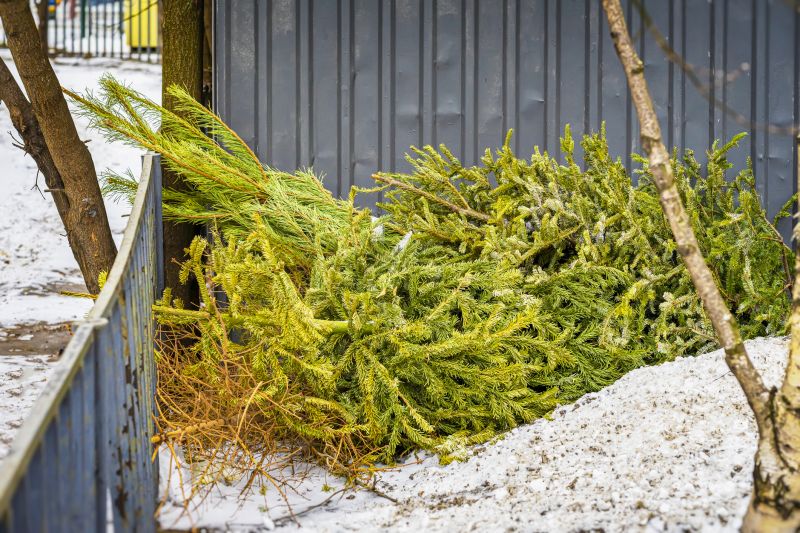
Minimal impact on surrounding vegetation during winter.
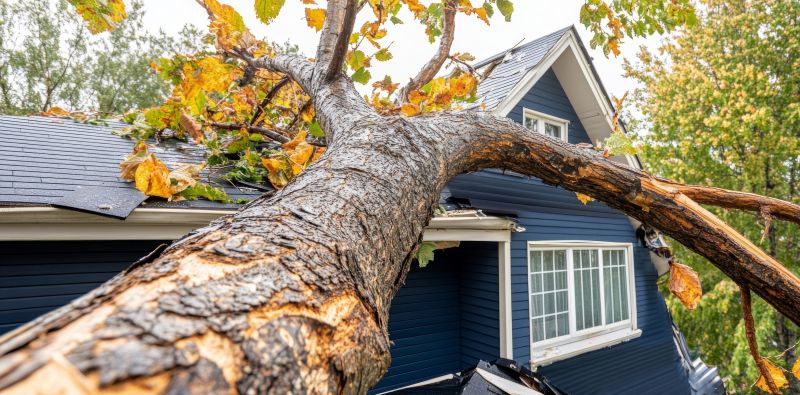
Rapid response to storm-related hazards.

Restoring the landscape after tree removal.

Finishes and colors that play nicely with Tree Removals.

Little measurements that prevent headaches on Tree Removals day.
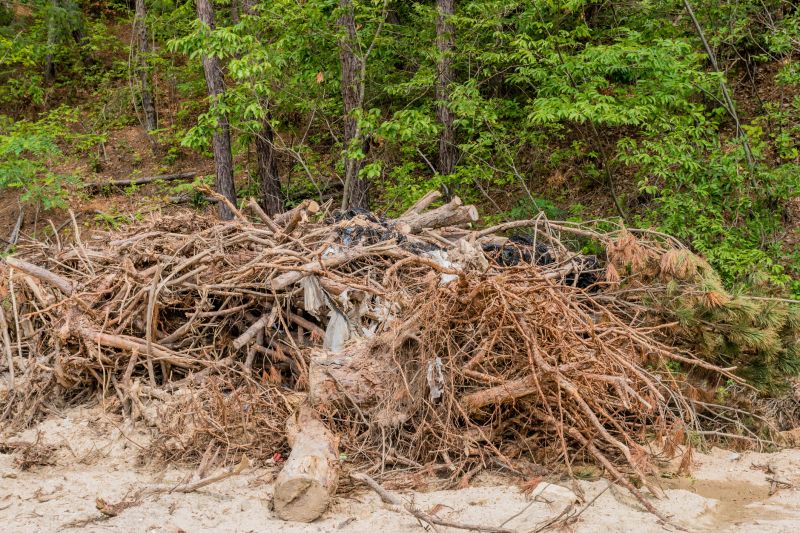
A 60-second routine that keeps Tree Removals looking new.

A frequent mistake in Tree Removals and how to dodge it.
Interested in scheduling a tree removal? Filling out the contact form can provide more information and help coordinate the process efficiently.
